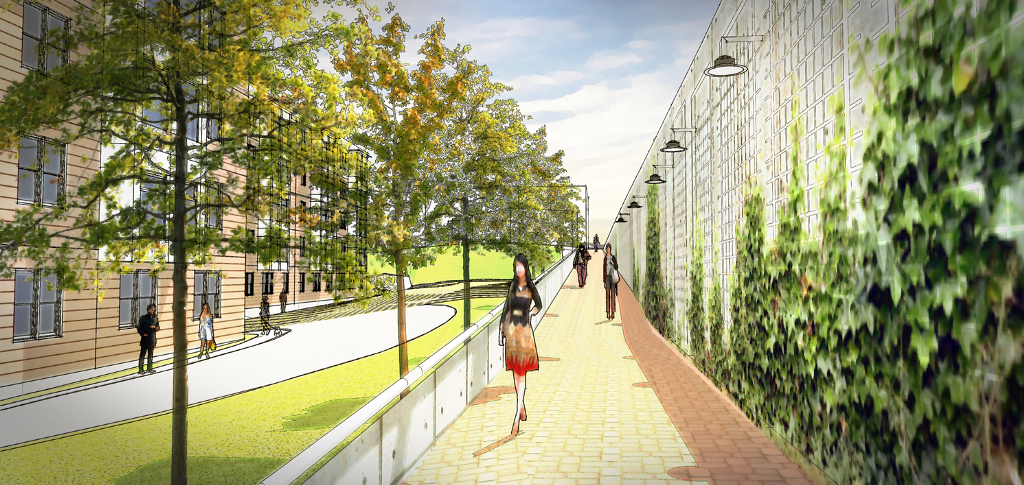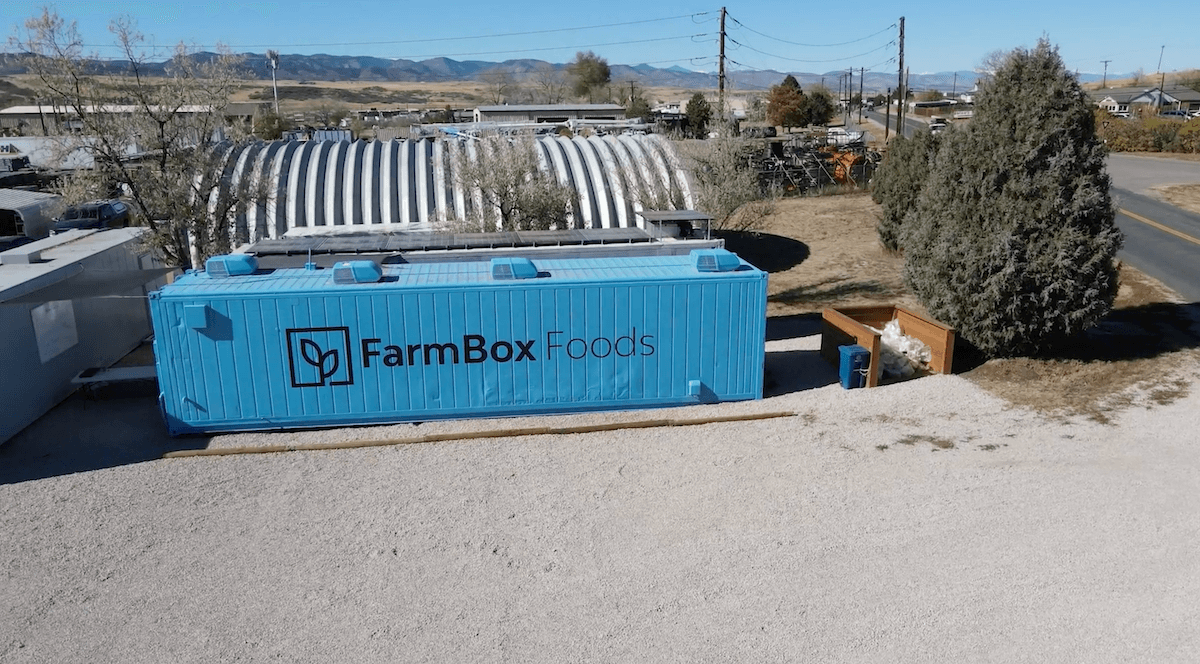Since September 2015 more than 14,000 Beantown residents have identified challenges, set 2030 goals for the city and pitched in ideas for policies and investments to achieve them. The Imagine Boston 2030 plan imagines a more economically inclusive and climate resilient city. In nearly 400 pages, the plan lays out visions for “dense new neighborhoods in tucked-away corners of Boston, better transit connections between poorer pockets and jobs downtown, and a greener city, oriented around its waterfront, but also built to withstand whatever climate change may throw at it,” writes Tim Logan of the Boston Globe.
The 2030 vision of Boston sees growth, inclusion and climate resilience as inextricably linked. Boston’s population of 656,000 is likely to be only about 800,000 in 2030. But since Boston’s footprint isn’t growing, much of the plan, says Logan, is about finding room for another 150,000.
The plan identifies six “expanded neighborhoods” with high-growth potential and calls for investments in education and industrial activity along the Fairmount corridor, a group of some of Boston’s poorest neighborhoods connected by a commuter rail line.
The plan calls for the city to be carbon neutral by 2050 through emissions reductions in cars and trucks, buildings and power usage. Flood-management areas along the waterfronts as well as new open spaces could buffer against climate-related flooding.











